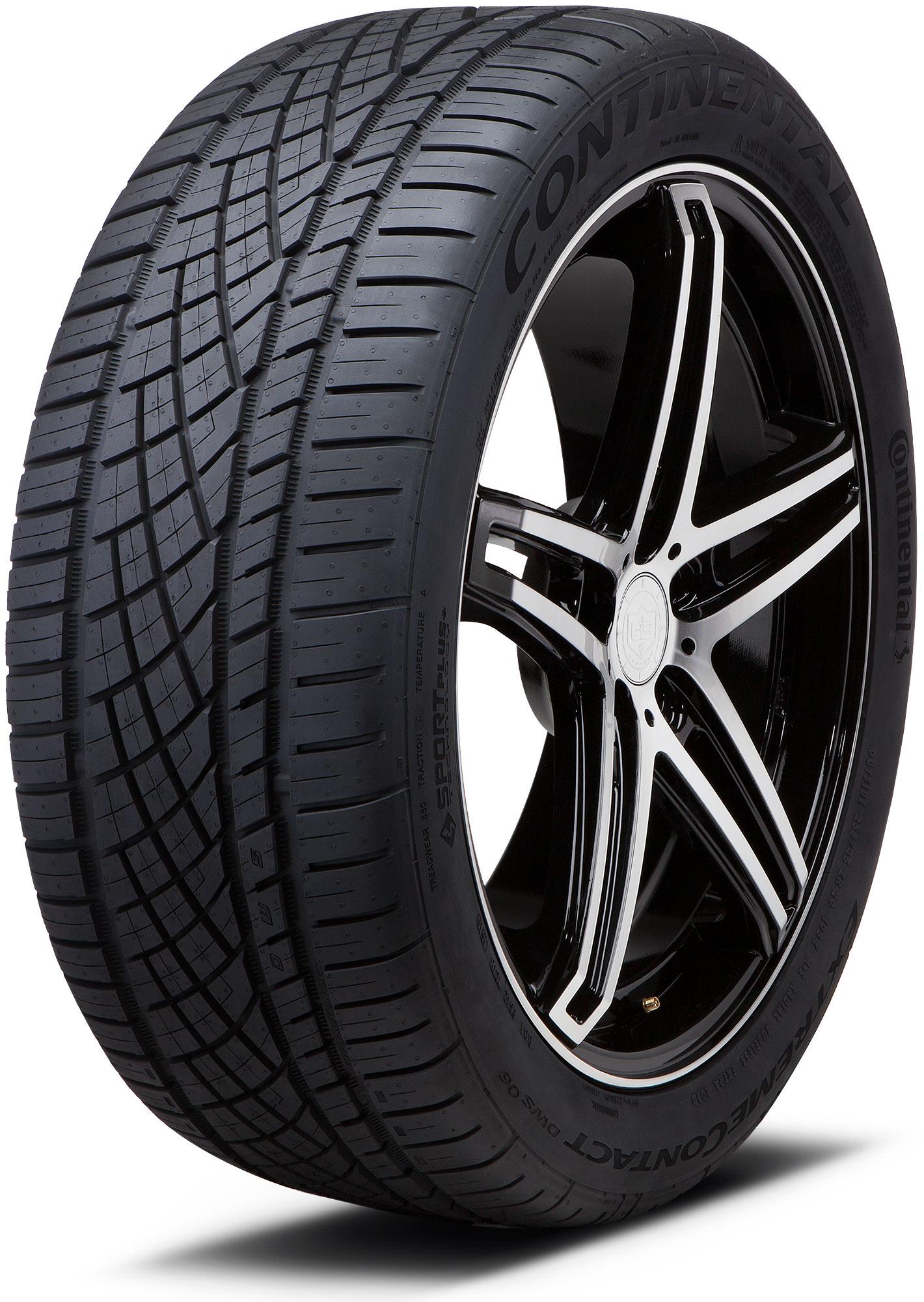Tire sizing can often resemble a perplexing enigma to both seasoned automotive enthusiasts and casual drivers alike. When we delve into the realm of 33-inch tires, many questions emerge. What does that measurement really mean? How does it translate into metric sizing? Understanding this can significantly impact performance, handling, and overall driving experience.
The first step in grasping tire sizing is to appreciate how tire dimensions are communicated. In the United States, we commonly refer to tire sizes in inches, whereas the metric system employs millimeters. This disparity can cause confusion, particularly when selecting new tires or understanding compatibility with your vehicle’s specifications. So, let’s embark on this journey of conversion and comprehension.
At the heart of this discussion is the fact that a 33-inch tire actually measures 33 inches in diameter. This figure is derived from measuring the tire from the ground up to the top of the tread. Specifically, a tire’s diameter is critical because it influences the overall ride height of a vehicle, affects ground clearance, and alters how the vehicle interacts with the road surface.
When we transition to metric sizing, we need a bit of arithmetic to facilitate our understanding. A 33-inch tire translates to approximately 838.2 millimeters in diameter (since there are 25.4 millimeters in an inch). However, simply knowing that conversion is just the beginning; understanding the entire metric designation is paramount.
Now let’s go deeper into the details of how tires are categorized. The complete tire size description often includes three key measurements: width, aspect ratio, and diameter. For instance, in a common tire size notation like 275/70R18, ‘275’ represents the tire width in millimeters, ‘70’ is the aspect ratio, and ‘18’ is the diameter of the tire’s inner rim, also in inches. This is where it can get a tad intricate.
For a 33-inch tire size, one could typically see variations like 33×12.5R15, where ‘33’ refers to the overall diameter, ‘12.5’ denotes the width of the tire in inches, and ‘15’ is the rim diameter in inches. Converting this into metric involves a couple of steps. The width in inches needs to be multiplied by 25.4 to achieve the width in millimeters. In our example, 12.5 inches equates to approximately 317.5 millimeters.
Aspect ratio, while frequently absent in the larger tires used in off-roading or larger trucks, is still essential to grasp. The aspect ratio defines the height of the tire’s sidewall in relation to its width. A tire marked as 33×12.5R15 without an explicit aspect ratio relies on standard indexing. However, if we were to ascribe an aspect ratio—for example, 33×12.5R15 with a ratio of 70—the sidewall height would be situated at 70% of the tire’s width, equating roughly to 222 millimeters.
This nuanced understanding is integral as it determines not only how a vehicle performs off-road but also its behavior on paved surfaces. The wider the tire (in this case, 12.5 inches or 317.5 mm), the more contact surface it provides, which can enhance grip but may also affect fuel efficiency and steering responsiveness. Balancing these attributes is essential for achieving optimal driving performance.
Now, one might ponder how such measurements matter in practical scenarios. The monumental spike in interest towards off-roading and larger vehicles like SUVs and trucks means that a firm grasp of tire dimensions is imperative. With a properly sized tire, drivers can enhance their vehicles’ capabilities—whether traversing rocky terrains, navigating muddy trails, or providing better traction during inclement weather conditions.
Importantly, compatibility with the vehicle’s suspension system cannot be understated. Elevating the diameter of tires, such as moving from stock sizes to a 33-inch dimension, often necessitates modifications to ensure that there are no clearance issues with wheel wells and suspension arms. This leads to an exploration of lift kits—mechanisms that can elevate a vehicle’s height to accommodate larger tires, preserving both a delightful aesthetic and functional integrity.
Moreover, there’s a broader conversation on legality and safety. Many regions have specific regulations concerning tire sizes—abiding by these is crucial to avoid penalties. Drivers must diligently refer to their vehicle’s manufacturer guidelines for approved tire sizes. Ensuring that you remain compliant, all while enjoying a robust driving experience, makes for a safer journey on the road.
As we conclude this exploration of tire sizing, particularly regarding the 33-inch specification, we uncover the elegance and complexity interwoven in our automotive choices. Whether you’re a die-hard off-roading aficionado or simply looking to upgrade your daily driver, enlightened understanding of these dimensions—converted seamlessly from inches to metric—can alter your automotive experience.
Embracing this knowledge elevates not only your driving experience but also ensures you appreciate the deeper mechanics at play beneath each rotation of your tire. The realm of tires, often overlooked, holds a reservoir of possibilities, compelling one to delve deeper into the intricate world of automotive performance. As you embark on your next journey, consider how a simple change in tire size can fundamentally shift your perspective on driving dynamics.
